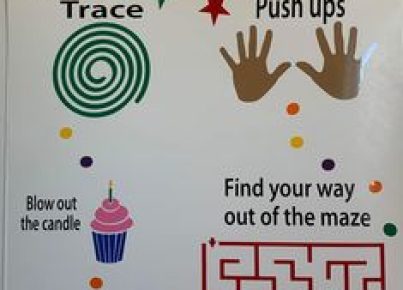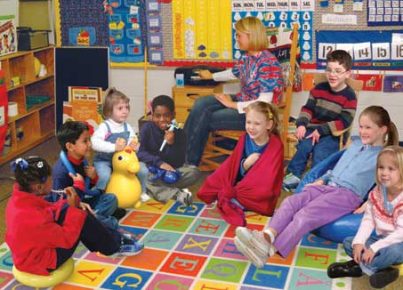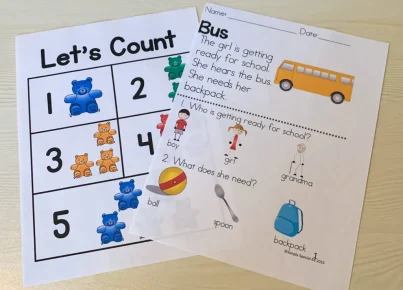Introduction:
Special Education Needs, commonly referred to as SEN, represent unique learning challenges many of our students face on a daily basis. Educators around the world are continuously seeking new resources and approaches to address these diverse needs. One such invaluable resource is the Reflective Reader: Primary Special Educational Needs. This article will delve into the contents, benefits, and practical applications that this book offers for educators dealing with SEN in primary education.
Overview:
The Reflective Reader: Primary Special Educational Needs (PSEN) is a comprehensive guide that covers the broad spectrum of special educational needs faced by primary school students and offers substantial information on how educators can address these needs. The book is divided into several sections that deal with assessment, planning, implementation, and evaluation.
Key Features:
1. Assessment and Identification:
This section of the book focuses on understanding the nature of learning difficulties faced by students in primary education as well as assessment strategies suitable for identifying their unique requirements.
2. Instructional Planning:
In this section, the Reflective Reader delves into techniques for crafting individualized education plans (IEPs) to cater to a student’s specific learning needs.
3. Implementation and Instruction:
The core part of this book is dedicated to evidence-based teaching practices that support differentiated instruction and enable educators to effectively cater to students with diverse learning abilities.
4. Evaluation Strategies:
Lastly, this book discusses various ways educators can evaluate their teaching methods and assess students’ progress to ensure they are meeting predetermined goals.
Benefits:
Educators who explore PSEN can expect to acquire a thorough understanding of various types of learning difficulties common in primary schools, as well as comprehensive knowledge about suitable strategies for effectively addressing these issues. Furthermore, the book provides guidelines on how to adapt teaching methods and classroom practices to accommodate children’s SEN without affecting their mainstream peers’ progress.
Practical Applications:
The Reflective Reader: PSEN is designed with practicality in mind; implementing these strategies can lead to significant improvements for students with SEN, while also enriching the overall teaching and learning experience for everyone involved. For instance:
1. Teachers can use the assessment techniques detailed in the book to identify areas where they need to focus more on ensuring the inclusion of children with SEN.
2. Educators can tailor their lesson plans to meet the needs of all children in the class, thus creating a universally supportive and engaging learning environment.
3. The book provides real-life examples and case studies that enable educators to better comprehend how different instructional methods can be effectively implemented for various populations.
Conclusion:
The Reflective Reader: Primary Special Educational Needs is a must-read resource for educators working with primary school students who have learning difficulties. Not only does it provide comprehensive information about identifying and addressing various types of SEN, but it also offers guidance on creating an inclusive classroom environment that benefits all children. As educators continue to strive towards meeting the diverse needs of their students, this book serves as both an informative reference and a stepping stone for implementing mindful, adaptive practices in primary education settings.





